Beyond the Obvious: Unexpected Perfume Ingredients You May Not Know
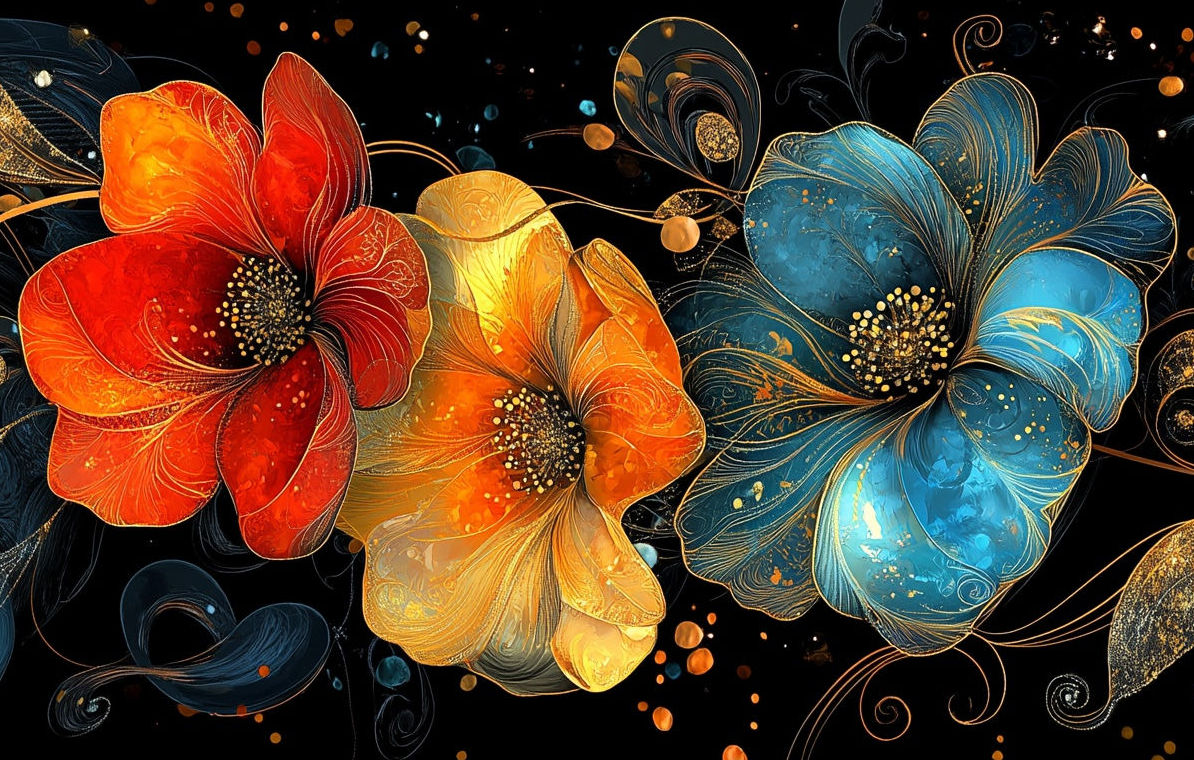
At La Via del Profumo, we create perfumes only from natural materials, and many of them go far beyond the classic rose, jasmine, or citrus. Some ingredients might sound eccentric at first, but they are part of the rich history of perfumery and help shape fragrances that are memorable, surprising, and deeply human. In this article, we take a closer look at some of the most unexpected natural ingredients: their origins, their scent profile, and the role they can play in perfume.
Table of Contents
Hay
Hay may sound too ordinary to deserve a place in perfume, but its aroma is anything but simple. Natural hay absolute has a warm, dry, slightly sweet scent that recalls summer fields and freshly cut grass slowly drying in the sun. It is both nostalgic and grounding, a reminder of the countryside and of timeless rhythms of life.
In perfumery, hay lends a rustic touch, sometimes with a faint note of tobacco or almond. It can soften florals, give depth to green notes, or add a pastoral warmth that feels both intimate and universal. When a perfume contains hay, many people describe it as “comforting” and “authentic,” because it connects the wearer to something familiar yet rare in modern fragrance.
Peruvian Balsam
Despite its name, Peruvian balsam does not actually originate from Peru, but rather from Central America, mainly El Salvador. It is the resin of a tree, dark, sticky, and very aromatic. For centuries, it has been valued not only for its use in perfumery but also in traditional medicine.
Its scent is rich, warm, and slightly sweet, with nuances of vanilla, cinnamon, and sometimes even a faint chocolate tone. In natural perfumery, it serves as a deep base note, adding sweetness without becoming cloying. It blends exceptionally well with spices, resins, and soft florals.
Peru balsam conveys a sense of comfort and security. It gives body to a fragrance and makes it last longer, while offering a gentle, balsamic aura. For many wearers, it creates a subtle caress that lingers for hours on the skin.
Civet
Few ingredients in perfumery are as controversial as civet. Traditionally, civet paste came from the glands of the civet cat. Its raw odor is powerful, even offensive, but when used in minute quantities, it transforms into something sensual, warm, and almost velvety.
Modern ethical concerns mean that authentic civet is rarely used today, and many perfumers turn to botanical or natural substitutes that mimic its animalic warmth. In history, however, civet was crucial: it gave classical perfumes their depth, their “animal soul,” making them resonate in a way that clean florals alone could not.
For the wearer, the effect of civet (or its substitutes) is not to smell like an animal but to enhance the natural warmth of the skin. It adds a hidden undertone that makes a fragrance feel alive, intimate, and slightly mysterious.
Cannabis
Cannabis as a fragrance ingredient may raise eyebrows, but it has been used for years in natural perfumery. It does not smell like smoke or intoxicating fumes: instead, cannabis absolute has a green, herbal, resinous scent with hints of hay, spice, and even leather.
When carefully integrated, it adds an unmistakable edge to a perfume, making it feel modern, daring, and earthy. For many people, cannabis notes evoke both freedom and counterculture, but also a surprising refinement when balanced with woods and resins.
It is not about provocation, but about expanding the olfactory vocabulary. Cannabis provides depth, a hint of dryness, and a textured green quality that can surprise those who only know it from its recreational associations.
Tea
Tea is a beverage we all know, but its use in perfumery opens unexpected dimensions. Depending on the type — green, black, oolong, or smoked — tea extracts can offer aromas ranging from fresh and leafy to deep, malty, or even smoky.
Green tea notes bring freshness, clarity, and a subtle bitterness that balances sweet florals or citrus. Black tea adds body and warmth, sometimes with faint leathery or cocoa nuances. Oolong is rounder, with touches of honey and wood. Each variety offers a different personality to a fragrance.
Tea notes connect fragrance with daily rituals of calm and reflection. They give perfumes a sense of intimacy, of pauses in the rush of life, where scent and taste overlap in memory.
Honey
Honey absolute is one of the most complex natural ingredients: sweet yet animalic, golden yet slightly rough. Its smell is rich and multi-layered — at once floral, waxy, hay-like, and even leathery.
In small amounts, honey gives radiance and depth. It can make florals bloom, add gourmand richness, or create a sensual warmth. But honey is not only sweetness: it also carries darker undertones, sometimes reminiscent of barnyard or leather, which make it fascinating and unpredictable.
This duality — between the comfort of sweetness and the raw edge of animality — makes honey a treasured material for natural perfumers who want to capture the complexity of life itself.
Opoponax vs. Labdanum
Both Opoponax and Labdanum are resins, but their characters are pretty different. Opoponax, also known as “sweet myrrh,” has a warm, balsamic, slightly sweet aroma with hints of honey and caramel. It is smooth and rounded, ideal for giving a fragrance a soft amber glow.
Labdanum, on the other hand, is darker, more leathery, and more animalic. It evokes ambergris and has been a cornerstone of amber accords for centuries. Its scent is complex, dense, and powerful, able to anchor an entire composition.
Placed side by side, opoponax and labdanum show the range of resinous materials: one sweet and golden, the other dark and resinous. Natural perfumery thrives on these contrasts, allowing perfumes to carry both warmth and shadow.
Castoreum
Castoreum is another animalic material, historically obtained from beavers. Like civet, its raw scent is powerful, but in perfumery it has long been prized for its leathery and smoky character.
It has been central in leather fragrances and in perfumes seeking to express strength, warmth, or ruggedness. Today, ethical and sustainable approaches are essential, and many perfumers rely on botanical alternatives that capture similar facets.
The value of castoreum lies in its ability to add realism and intensity. Even in natural perfumery, where sweetness and florals dominate, a hint of castoreum (or its substitutes) creates depth and makes the fragrance more three-dimensional.
Hyraceum: the Most Unusual Animal-Derived Essence
Hyraceum is often regarded as the most unusual animal-derived material in perfumery, not only for its scent but also for its biological and geological origins. It comes from the rock hyrax, a small mammal that looks like a rodent yet is more closely related to the elephant and the rhinoceros. This surprising ancestry already sets it apart: a creature the size of a rabbit that belongs to the same evolutionary branch as the great pachyderms.
The material itself is even more remarkable. Rock hyraxes live in colonies and return to the same sheltered crevices for generations, creating communal latrines. Over decades or centuries, their deposits dry, harden, and slowly fossilize under the heat and aridity of their habitat. The resulting substance — hyraceum — is a mineral-like, resinous mass carrying layers of time within it.
No animals are harmed in its collection. Hyraceum is harvested only from long-abandoned deposits, making it one of the animal-related materials that is genuinely cruelty-free by its very nature.
Its aromatic profile reflects this unusual formation: dry animalic nuances, a mineral backbone, hints of leather, resin, and sun-heated stone. It feels both ancient and immediate, as if bridging the animal, vegetal, and mineral worlds. This combination of biological oddity, geological maturation, and ethical sourcing makes hyraceum truly the most unusual animal-derived essence in natural perfumery.
Conclusion
The world of perfume is much broader than the familiar bouquet of flowers or citrus fruits. Ingredients such as hay, Peru balsam, civet, cannabis, tea, honey, opoponax, labdanum, castoreum, and hyraceum remind us of the richness of natural perfumery. Each carries its own history, cultural associations, and emotional resonance.
At La Via del Profumo, we believe that including these unexpected materials is not about being eccentric, but about being true to the full palette of nature. They enable us to craft perfumes that feel alive, layered, and deeply connected to the richness of human experience. For general perfume lovers, learning about these ingredients can change the way you smell and understand a fragrance: behind every note, there is a story, a place, and a piece of life itself.



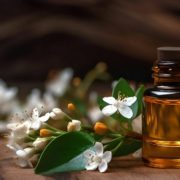
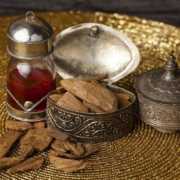

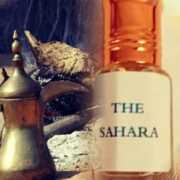


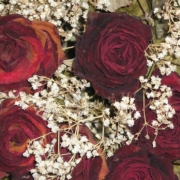














Leave a Reply
Want to join the discussion?Feel free to contribute!